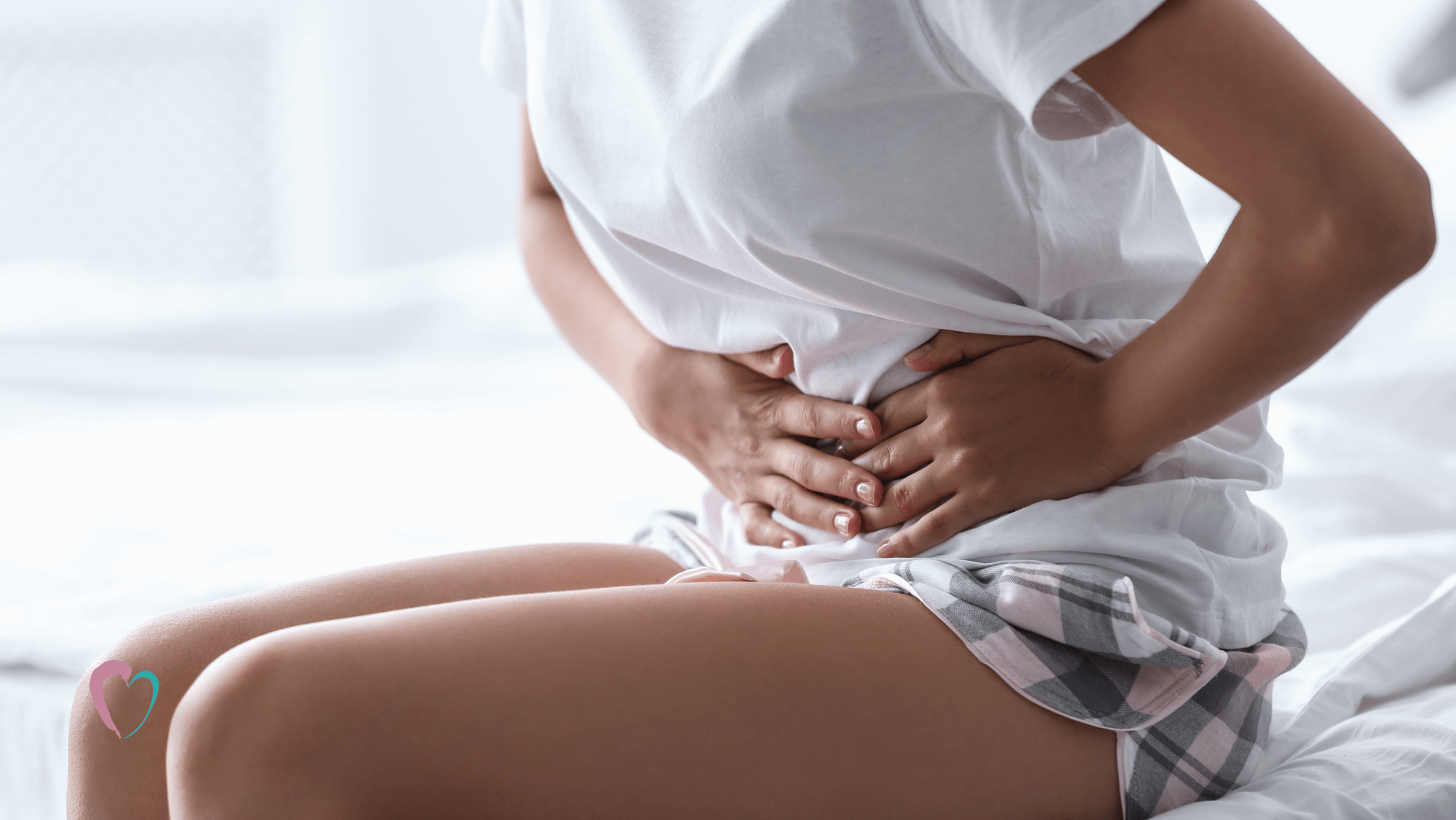Endometriosis – the invisible pain affecting millions
Endometriosis: Understanding the Invisible Pain
Endometriosis affects 1 in 10 women of reproductive age, with 176 million women affected worldwide. In the UK, it is the second most common gynaecological condition after fibroids, and in women with fertility issues, almost half suffer from endometriosis.
Endometriosis is a chronic and often debilitating condition that affects millions of women worldwide. Despite its prevalence, it remains widely misunderstood and underdiagnosed. In the UK, for example, women have to see their GP on average 10 times before they are referred to a gynaecologist for referral.
This article aims to shed light on endometriosis, its symptoms, causes, and available treatment options.
What is Endometriosis?
The endometrium is the tissue that lines the uterus. In endometriosis, this tissue grows outside the uterus, typically in the pelvic region, but it can also affect other organs, such as the ovaries, fallopian tubes, and even the bladder or intestines. The misplaced tissue continues to act as it would inside the uterus, shedding and bleeding during the menstrual cycle. However, since there is no exit for this blood, it becomes trapped, leading to inflammation, scarring, and the formation of adhesions.
Symptoms & Impact on Daily Life
Endometriosis manifests differently for each woman, with symptoms ranging from mild to severe. Common signs include pelvic pain, painful periods, heavy menstrual bleeding, pain during intercourse, infertility, and gastrointestinal issues such as diarrhoea, constipation, or bloating. It is important to note that the severity of symptoms does not necessarily correlate with the extent of the condition.
Living with endometriosis can be challenging, both physically and emotionally. Many women experience chronic pain, often leading to fatigue, decreased productivity, and difficulty participating in daily activities. The condition can also significantly impact mental health, causing anxiety, depression, and feelings of isolation due to the invisible nature of the illness.
Causes & Risk Factors
The exact cause of endometriosis remains unknown, but several theories have been proposed. One common belief is retrograde menstruation, where the menstrual blood flows backwards through the fallopian tubes and into the pelvic cavity instead of leaving the body. Other theories suggest hormonal imbalances, immune system dysfunction, and genetic predisposition as potential factors.
While endometriosis can affect any woman of reproductive age, certain risk factors increase the likelihood of developing the condition. These include early onset of menstruation, long or heavy menstrual periods, short menstrual cycles, family history of endometriosis, and never giving birth.
Diagnosis & Treatment
Diagnosing endometriosis can be challenging due to the variability of symptoms and the lack of definitive tests. A thorough medical history, physical examination, and imaging studies like ultrasound or magnetic resonance imaging (MRI) can help identify possible signs of the condition. However, laparoscopy, a surgical procedure to visualise the pelvic organs, remains the gold standard for diagnosis.
While endometriosis has no cure, various treatment options aim to manage symptoms and improve quality of life. Pain medications, hormonal therapies, such as birth control pills, progestins, or gonadotropin-releasing hormone (GnRH) agonists, and surgical interventions are commonly used. A hysterectomy may be recommended in severe cases, but it is important to note that this is not a guaranteed solution and should be carefully considered.
Raising Awareness & Support
Endometriosis is a chronic condition that requires lifelong management. Unfortunately, due to the lack of awareness and the normalisation of menstrual pain, many women suffer in silence or are dismissed by healthcare providers. The need for increased awareness, research, and support for those affected by endometriosis cannot be overstated.
Education plays a crucial role in empowering women to recognise their symptoms and seek proper medical attention. Additionally, support groups and online communities provide a safe space for individuals to share experiences, gain knowledge, and find emotional support.
In conclusion, endometriosis is a complex and misunderstood condition affecting millions of women worldwide. By increasing awareness, promoting research, and providing support, we can work towards a world where women with endometriosis receive the care and understanding they deserve.
Can you help?
Our clinic, run by women, understands the importance of a fast diagnosis. Our doctors will take your symptoms seriously and organise a fast-track gynaecology referral. Get in touch by phone or book online. Our team is here to help.








As someone who has been living with endometriosis, I can’t express enough how important articles like these are. The struggle is real, and the invisible pain is often hard to explain. Kudos to the author for shedding light on this condition and offering valuable insights into its symptoms and treatment options. Together, we can make a difference. 🌸🌟
The section on causes and risk factors provides valuable insights into the complexity of endometriosis. The mention of theories such as retrograde menstruation, hormonal imbalances, immune system dysfunction, and genetic predisposition contributes to a better understanding of this multifaceted condition.